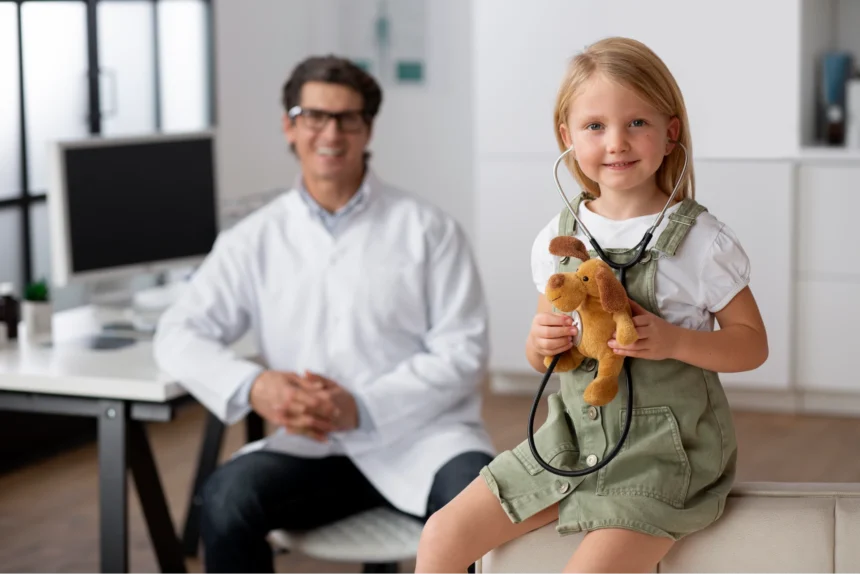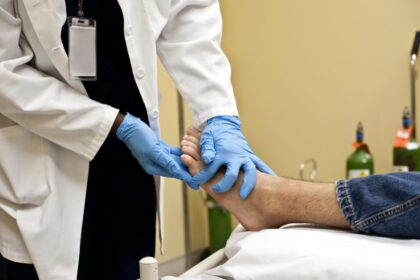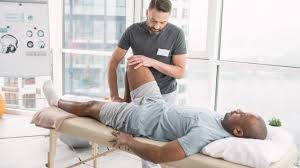Pediatric orthopedics is a specialized field of medicine where orthopedic surgeons evaluate and treat musculoskeletal conditions in children, from infants to teenagers. Since a child’s skeletal system is still developing, it differs significantly from an adult’s. This field focuses on addressing the unique challenges of growing bones, joints, and muscles to support proper development and function throughout childhood and into adulthood.
Understanding Common Bone Issues
Due to their developmental stage, children experience unique musculoskeletal issues. Conditions like scoliosis frequently appear during periods of rapid growth. Other common concerns that a pediatric orthopedic surgeon addresses include congenital differences such as clubfoot, and variations in leg alignment like bowlegs or knock-knees. Gait issues, such as in-toeing, are also frequently seen in pediatric orthopedics.
A child’s actively growing bones have growth plates. These areas of developing cartilage tissue near the ends of long bones are susceptible to specific injuries and conditions not typically seen in adults. Specialized pediatric orthopedic care from a qualified orthopedic surgeon is beneficial for proper diagnosis and treatment.
Supporting Healthy Bone Growth
Promoting strong skeletal development is beneficial for a child’s overall health. A balanced diet rich in calcium and vitamin D provides the fundamental building blocks for bone density and strength. Regular physical activity, particularly weight-bearing exercises like running, jumping, and team sports, also plays a role. These activities can stimulate bone formation and help children develop coordination, balance, and muscle strength, which supports the skeleton and reduces the risk of injury. Encouraging healthy habits from a young age can establish a foundation for lifelong bone health.
Treating Injuries with Care
Proactive measures can help reduce the likelihood of orthopedic issues. Making sure children use appropriate protective gear during sports, such as helmets, pads, and proper footwear, is a simple yet effective way to prevent many common injuries. It is also beneficial to teach proper techniques for athletic activities to minimize stress on developing joints and bones. Regular check-ups can help identify potential problems, such as postural irregularities or gait abnormalities, allowing for early intervention before they become more significant.
Preventing Future Bone Problems
Preventing orthopedic issues in children is beneficial for their long-term health and well-being. Early intervention and proactive measures can significantly reduce the risk of developing complex conditions. By implementing the right strategies, parents and caregivers can help safeguard their children’s bone and joint health as they grow and develop. Here are some proactive measures to help reduce the risk:
- Use appropriate protective gear during sports, such as helmets, pads, and proper footwear.
- Teach proper techniques for athletic activities to minimize stress on developing joints and bones.
- Schedule regular check-ups to identify potential problems like postural irregularities or gait abnormalities early, allowing for timely intervention.
Consult a Pediatric Orthopedic Surgeon
A child’s bones and joints require specialized attention. This care supports their journey from infancy to adulthood. Understanding the pediatric musculoskeletal system is key. It promotes healthy growth and manages conditions or injuries. Focus on proper nutrition and safe physical activity. Seek care from an orthopedic surgeon when needed. These steps support your child’s skeletal health. If you have concerns about your child’s bone, joint, or muscle development, consult an orthopedic surgeon for a thorough evaluation.









